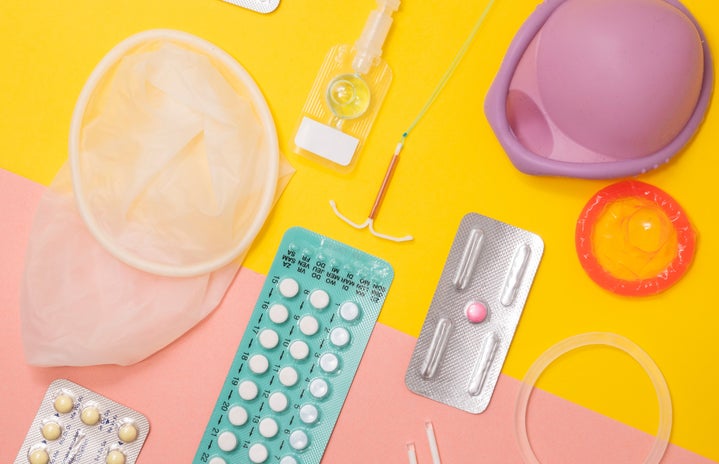When having sex it’s not uncommon that people may prefer unprotected sex, but are you willing to take the risks? Any type of skin-on-skin contact can transmit an STD or STI! Whether the intercourse is vaginal, oral, or anal, it’s important to use contraceptives. Yes, birth control, IUDs, diaphragms, birth control, sponges, and spermicides are helpful, but they don’t provide the type of protection necessary. While all of those listed can prevent pregnancy, they provide little to no protection from STIs or STDs.
Sex is meant to be enjoyable for all people in the situation and should not pose a threat to anyone’s health. That said, an important part of safe sex is being tested for STDs and STIs. If you get tested regularly, you are not only protecting your health but any and all of your partners’! Getting tested does have negative stigmas, but as the promotion of protected intercourse continues to surge through society, it is definitely decreasing! If you are nervous about going alone ask a friend who has been or is sexually active to accompany you. In most cases, people will not go without motivation as they feel like it makes them look “dirty” or “infected,” but the only way to continue diminishing stigmas is to make a stance. Demonstrating that being tested is not only a benefit to yourself but an important part of being sexually active will continue to cause the safe-sex movement to thrive. The most important incentive to being tested is that if diagnosed, there are treatments for many STDs and most all of STIs! Some ways to consider getting tested: Planned Parenthood, doctor’s offices and clinics, purchase an FDA approved STD test kit online, at-home kits, and many more!
Great contraceptives to use to prevent STIs/STDs: male and female condoms, dental dams, and finger cots. Male and female condoms are most commonly used contraceptives. Male condoms are placed on the penis during oral, anal, or vaginal sex. The correct way to put a male condom on: check the expiration date, open the condom manually (avoid using teeth, this could cause the condom to tear), pinch the top (to allow space for the semen to pool), and roll down the shaft of the penis. Placement of a female condom should be executed as follows: check the expiration date, open the packaging carefully, be in a comfortable position, pinch the smaller inner ring at the end, push it in using one finger or two as far as the cervix permits, and allow the large outer ring to hang, an inch to an inch and a half, out. Dental dams are thin pieces of latex used for oral sex performed anally or vaginally. Finger cots are similar to the finger of a glove used for any type of finger penetration during intercourse. Each one of these can protect from the transmission of bodily fluids during any type of intercourse, preventing STD and STI spreading.
It is important to not only have regards for one’s own sexual safety but for that of others. Getting tested, using protective forms of contraceptives, and pregnancy contraceptives, are all great ways to not only enjoy protected intercourse but to embrace it. Sharing this knowledge with partner(s) is also a fantastic way to enhance any type intercourse and communication in regards to each person’s expectations of protection. Have fun & (most importantly) be safe!

